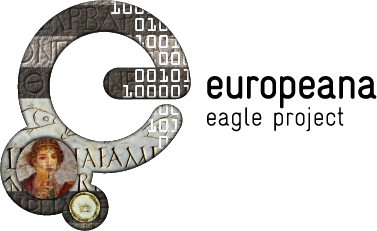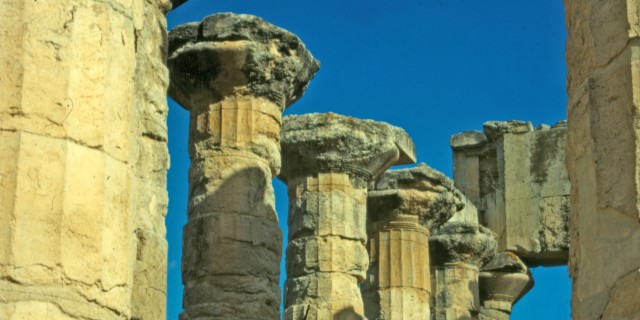By Alice Bencivenni (University of Bologna)
The IGCyr | GVCyr demonstration site is now available.
The Inscriptions of Greek Cyrenaica (IGCyr) and the Greek Verse inscriptions of Cyrenaica (GVCyr) are two corpora, the first collecting all the inscriptions of Greek (VII-I centuries B.C.) Cyrenaica, the second gathering the Greek metrical texts of all periods. These new critical editions of inscriptions from Cyrenaica are part of the international project Inscriptions of Libya (InsLib), incorporating Inscriptions of Roman Tripolitania (IRT, already online), the Inscriptions of Roman Cyrenaica project (IRCyr, in preparation), and the ostraka from Bu Ngem (already available on the website Papyri.info).
A comprehensive corpus of the inscriptions of Greek Cyrenaica is a longstanding desideratum among the scholars of the ancient world. Greek inscriptions from Archaic, Classical and Hellenistic Cyrenaica are currently scattered among many different, sometimes outdated publications, while new texts have been recently discovered and edited. For the first time all the inscriptions known to us in 2014, coming from this area of the ancient Mediterranean world, will be assembled in a single online and open access publication. An essential addition to the IGCyr and GVCyr corpora, as well as a natural outcome of the study of the inscriptions, is the planned publication of the Prosopographia Cyrenaica.
Catherine Dobias-Lalou is the main epigraphy researcher working on these comprehensive epigraphic corpora in EpiDoc in cooperation with scholars from the University of Bologna, the University of Macerata, the University of Roma Tor Vergata, the University of Paris-Sorbonne and King’s College London. Although the edition of the inscriptions is still in progress, the team working on the project wish to share with others the structure of the publications and the research approach. For this reason three of the texts which will be published and a selected bibliography are included in the demonstration site. The website, hosted by the University of Bologna, has been developed and is maintained by the CRR-MM, Centro Risorse per la Ricerca Multimediale, University of Bologna.

